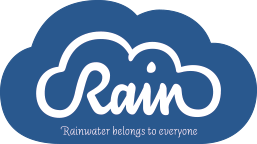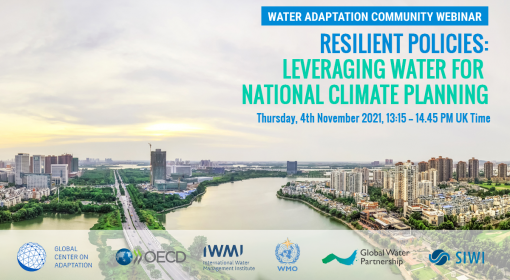The negative impacts of floods are attributed to the extent and magnitude of a flood hazard, and the vulnerability and exposure of natural and human elements. In flood risk management (FRM) studies, it is crucial to model the interaction between human and flood subsystems across multiple spatial, temporal and organizational scales. Models should address the heterogeneity that exists within the human subsystem, and incorporate social institutions that shape the behaviour of individuals.
This webinar (November 11, 2021) provided an overview of the Coupled flood-Agent-Institution Modelling framework (CLAIM) and a methodology to build holistic FRM models that are capable of simulating coupled human-flood interactions. CLAIM integrates actors, institutions, the urban environment, hydrologic and hydrodynamic processes and external factors which affect FRM activities. The framework draws on the complex system perspective and conceptualizes the interaction of floods, humans and their environment as drivers of flood hazard, vulnerability and exposure. The human and flood subsystems are modelled using agent-based models and hydrodynamic models, respectively. The two models are dynamically coupled to understand human-flood interactions and to investigate the effect of social institutions on FRM policy analysis.


